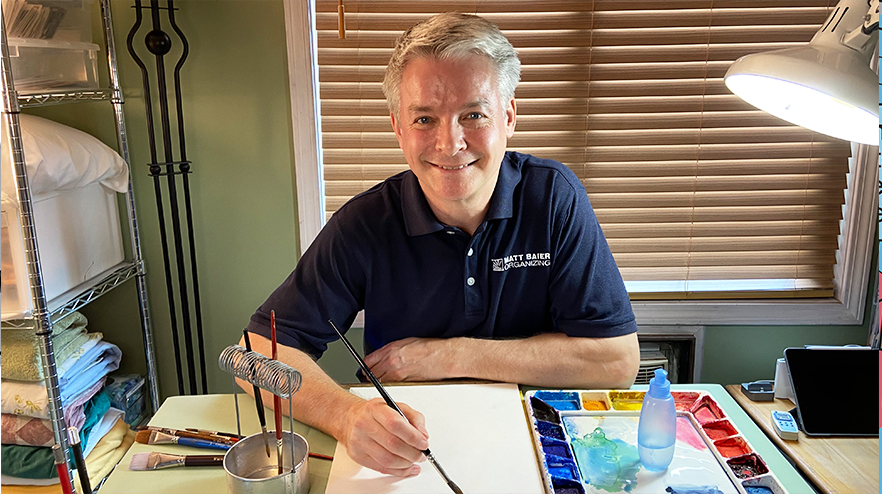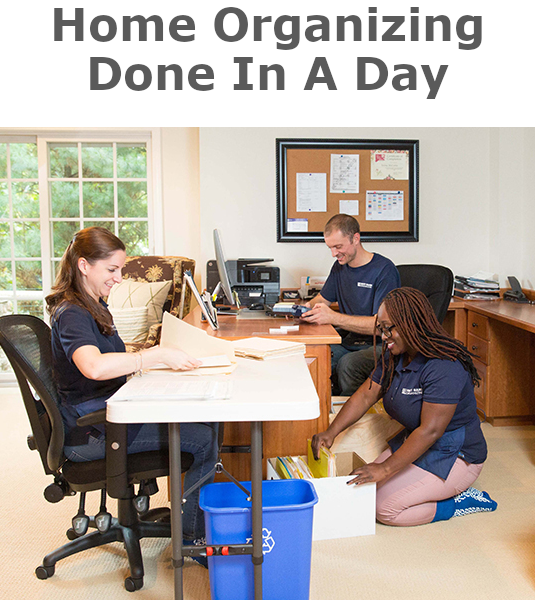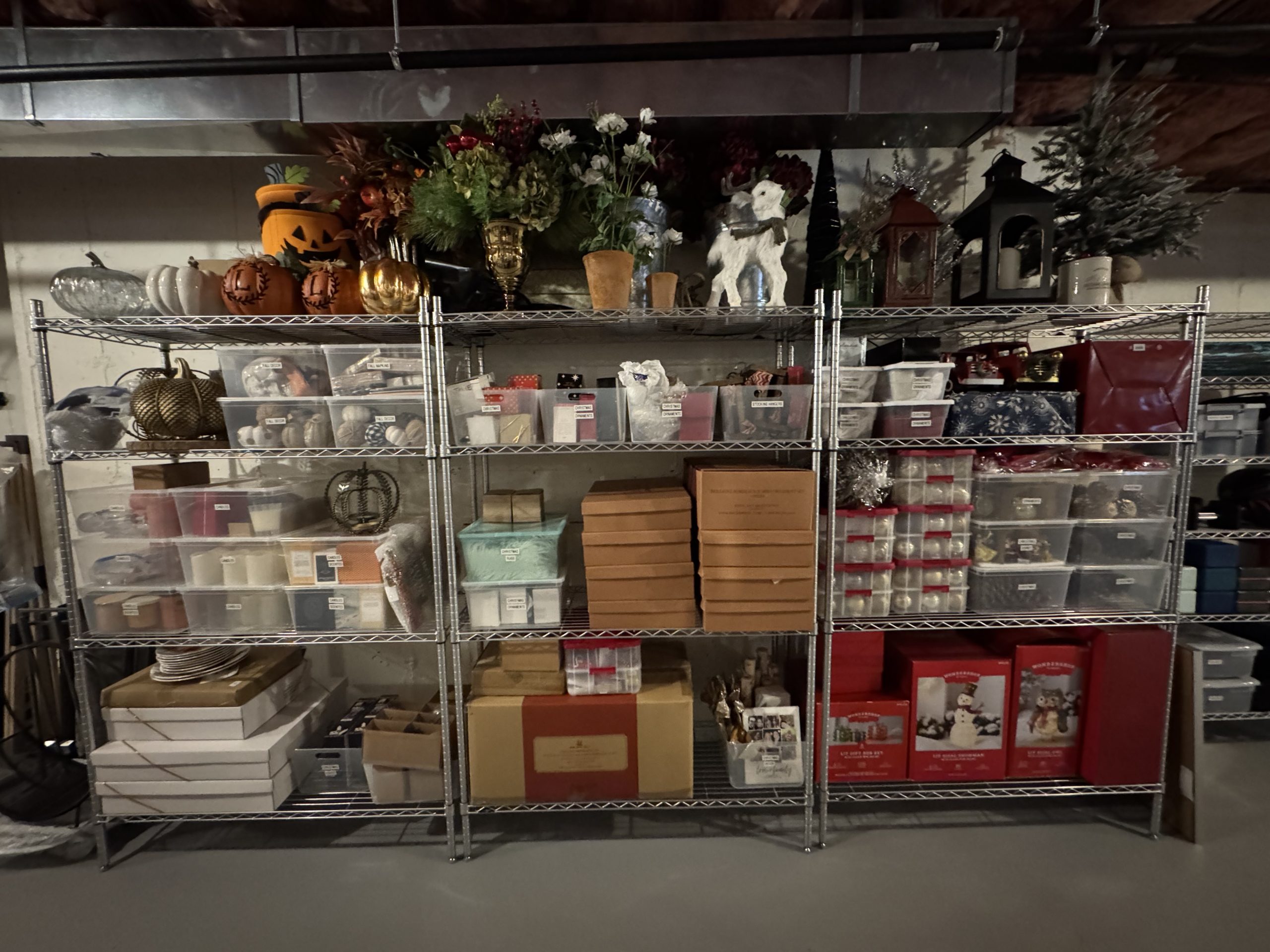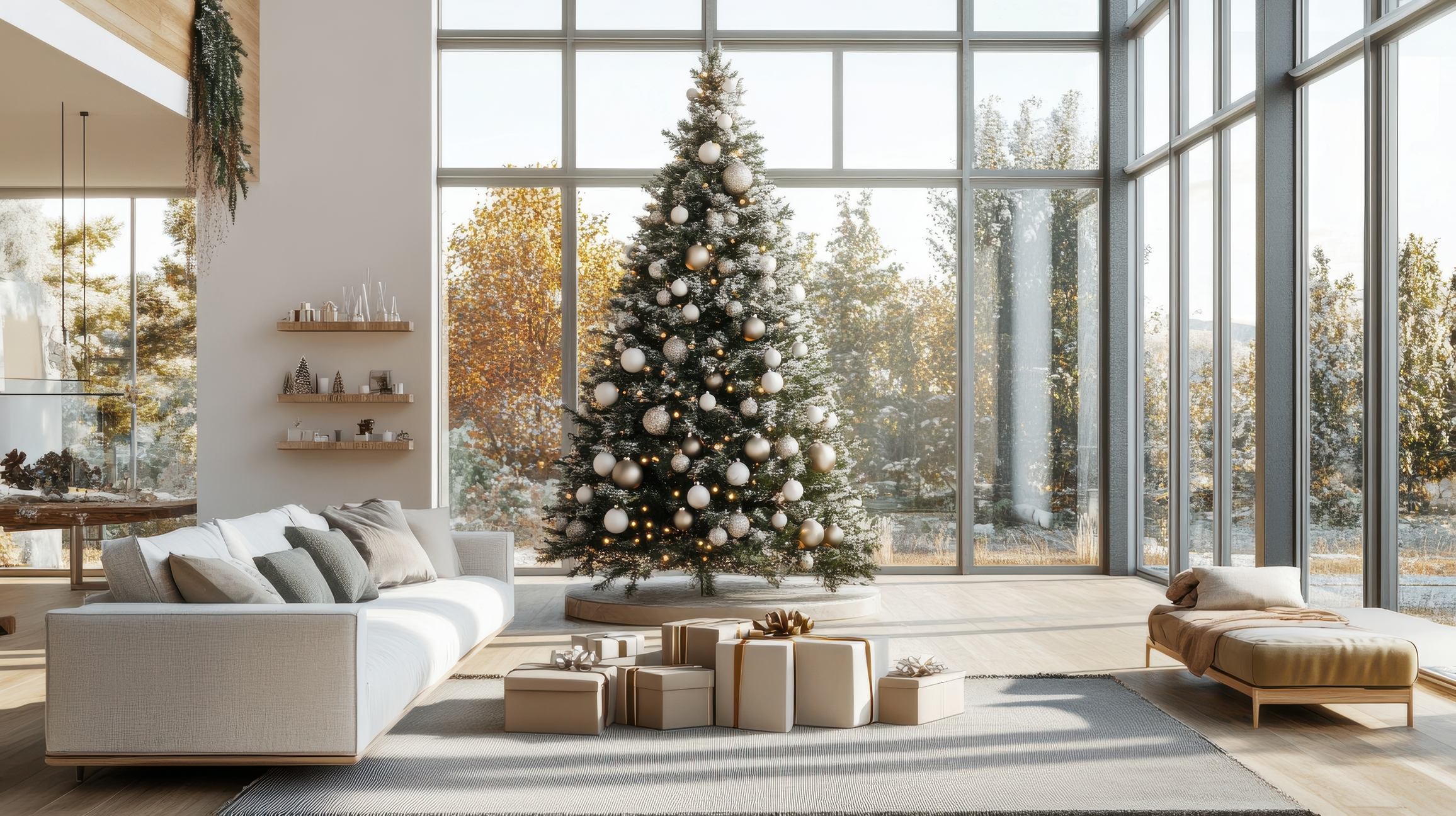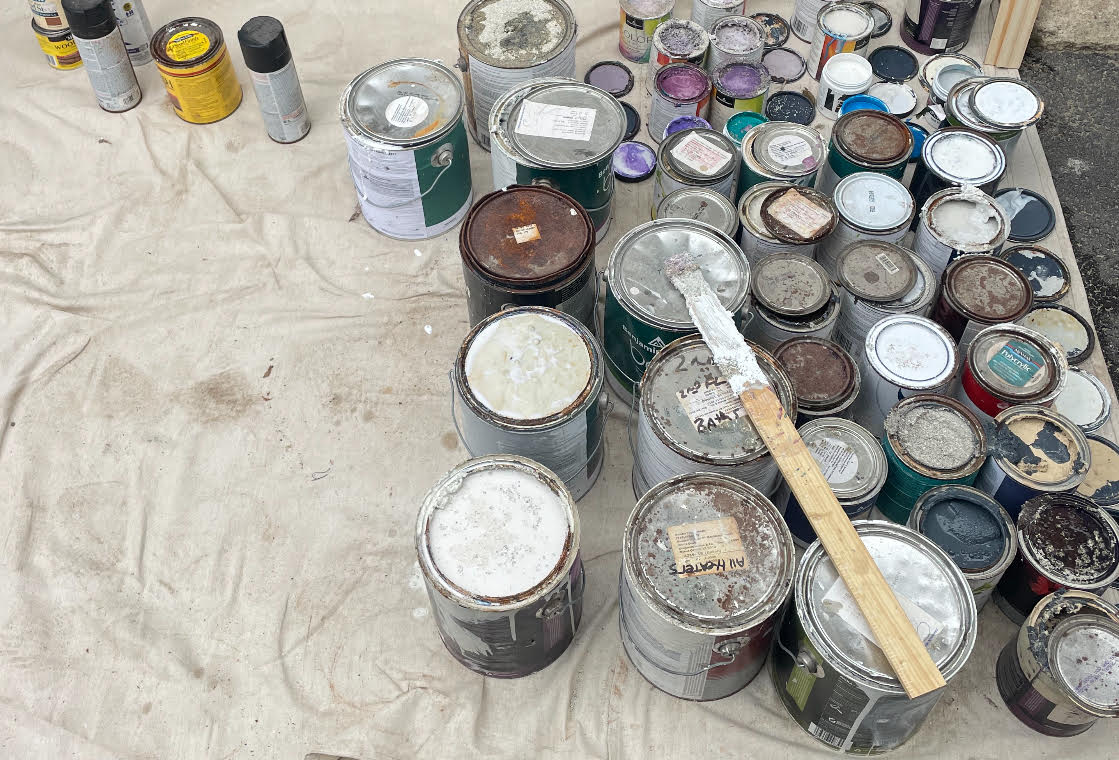Organizing arts & crafts begins with clarifying the usage of your space. There are essentially three usages for art and crafts spaces:
- For your kids
- For devoted artists and craftspeople (maybe professionally)
- For occasional artists and craftspeople
When you are clear on the space’s usage, you’ve taken the biggest step in organizing arts & crafts.
1. For your kids
For your kids, arts and crafts usually go in the playroom. Toys and crafts are both for play, so they make sense in the same space.
Another common area for kids arts and crafts is the kitchen table. It’s easier to supervise here and it’s easier to clean up the messier projects. Because the kitchen table has multiple uses, it’s important to have good portable solutions for the craft supplies. I like this tower of drawers on wheels.
2.For devoted artists and craftspeople
For professional or devoted artists and craftspeople, on the other hand, it’s a different story. It’s more likely that they would need to dedicate an entire room as a creative space. The more time you invest, the more space you can invest.
To maximize the productivity in your creative space, target your craft room, just like you’d target your home office. In other words, be sure the back-up supplies are located on the outer ring. Have the quick access supplies are on the first ring, and in the bulls-eye? Reserve a generous clear work surface.
A clear work surface is your #1 tool for staying organized because it allows for processing. That applies to creative spaces as well. When you create you are processing and when you squander your surface on storage, the creativity dies. So an open surface keeps creativity alive.
3. For occasional artists and craftspeople
Then there is the usage between play and devotion that is the occasional usage. I fall into this category as a weekend illustrator.
Limited time translates to limited space. About 85% of my waking hours are devoted to work. Therefore, I dedicate about 85% of my home office space to work. I spend less than 10% of my week on my illustration. So for illustration I dedicate less than 10% of my space to it. By the way, if anyone from the IRS is reading this, I use my illustration in my business. So for tax purposes 100% of this space is devoted to my business, as required.
Occasional use requires occasional solutions. For example, I do watercolor painting, which requires splashing colorful water. So each use of art space requires that I tape up a sheet of plastic. If however I was painting watercolors professionally full time, my priority would shift. I would more likely choose an uncarpeted floor that was easier to clean.
Finally, perhaps you feel like being organized and being creative are incompatible. I’m here to tell you as a former professional illustrator and a current professional organizer, they are not. As with any truly sustainable organizing, it starts by clarifying your priorities.
Do you have a favorite way to organize your creative space?
Please Share With Your Community
Related Posts
Testimonials
What some of our clients are saying
Imagine An Organized Home

